We live in a world with rapidly changing circumstances. Through my work at the UN, I often experience that traditional approaches to development work are often no longer sufficient. In order to respond effectively, we need more flexible and dynamic approaches to development work. In particular, our modern world requires more timely updates for better use of information.
- Tech Trends in Development Work
- Data tech innovations, especially in the field of Real Time Monitoring, bring significant benefits to development work of International Organizations, NGOs and other players. They allow for more frequent testing of theories of change and facilitate timely course corrections based on evidence.
Fortunately, there is an emerging scene of data tech start-ups, NPOs and social businesses that focus on providing solutions to development problems. However, I feel that an overview of this scene is missing since it is mostly shaped by numerous small players.
This article tries to tackle this lack of visibility by introducing you to four progressive tech initiatives and their solutions to data-related development problems. These examples are part of a larger trend emerging in the field of development work. Times are changing and we need to keep up.
A bunch of map-crazy folks helps communities to develop in Kenya
Among these emerging data tech businesses is Spatial Collective, a Nairobi-based social enterprise that uses Geographic Information Systems for community development. Leveraging on the belief that citizens know their community best, Spatial Collective uses locally-led data collection. Local community mobilizers are trained in in various data collection techniques and undertake accurate near real-time field level data collection. Once the data is collected, it is then visualized and made accessible on platforms which connects multiple users to information through existing communication channels.
Listening to the voice of the village
Gramvaani (meaning 'voice of the village') is a social tech company based in Delhi capturing rural voices and transposing them to social media. In 2009, Gramvaani started Mobile Vaani, a social media platform equivalent to Facebook/YouTube/Twitter for rural areas with low literacy and low Internet coverage. Mobile Vaani works with an IVR (Interactive Voice Response) system that allows people to call into a number and leave a message about their community, or listen to content produced by others. As communities share information about each other, the level of awareness on rights and entitlements increases. This heightened awareness helps to create demand for services, which in turn raises the accountability of local authorities. At the same time, the platform generates critical data, for instance on service delivery, that can be used by development players and policy makers for better data-driven decision-making. With a simple and user-friendly social platform, Gramvaani engaged more than 2 million users in over 15 Indian states and countries including Afghanistan, Pakistan, Namibia and South Africa.
Google without Internet
"1.4 billion people in the world are illiterate, one fifth of the world’s population, let alone the other 20 percent who can only read in their local language. How do you reach out and engage successfully with these populations?" That is the challenge Question Box wants to answer by installing public callboxes, which allows community members to both receive help and provide feedback to others near their homes and place of business. The concept offers a new way to provide programme services and a new stream of localized feedback data. Using callboxes, information provided to communities can be centralized without being limited by the need for vast human resources, and thus serving a greater number of people. The procedure is well illustrated by the case of Ebola in Liberia, where callboxes were used to provide live, on demand, updated information on the epidemic to rural Liberians in local dialects. A Call Center Hub in Monrovia recorded incoming data from call queries and answered to survey questions, providing most recent data for humanitarian aid interventions.
No Unidentified Flying Objects but Unmanned Aerial Vehicles
UAViators’ mission is to promote the safe, coordinated and effective use of Unmanned Aerial Vehicles (better known as drones) for data collection, payload delivery and communication services in a wide range of humanitarian and development settings. It is hoped that drones may be used to help delivering high resolution geographic information assisting crisis relief, for instance in areas destroyed by earthquakes. At the same time, the evidence base for the added value of UAVs is still relatively thin given that this is a new and emerging technology. Therefore, UAViators’ objectives currently focus on establishing clear standards for the responsible use of UAVs, document lessons learned and best practices, provide hands-on UAV training, inform UAV deployments, and catalyze research & information sharing.
Me and my team are currently piloting the use of these technologies through several UN projects in different geographic regions, for instance in Benin. I am convinced that these technologies are of high values for other players in development work as well since they face similar problems.
My last point here: Don’t be afraid of the costs! Most of the technology mentioned above can be acquired for a reasonable price and scaled up later at low marginal costs, making it thus attractive for smaller players, too.
About the Author
Patrick Tammer is a Master’s student in Public Policy and Management, currently working with the United Nations Development Group in New York. Prior to his Master’s degree, he studied Political Science and Economics in Berlin and Paris and focused on Political Economy and European Integration.
Originally published February 29, 2016

